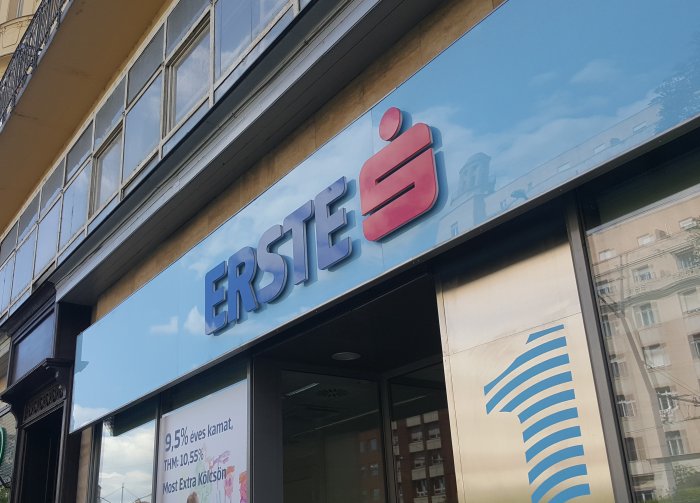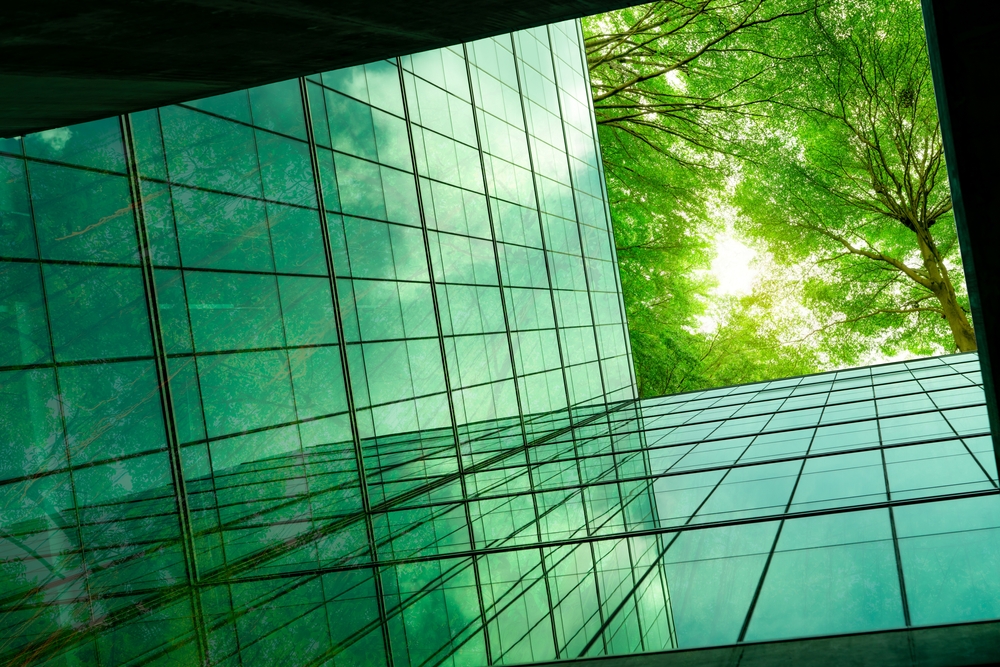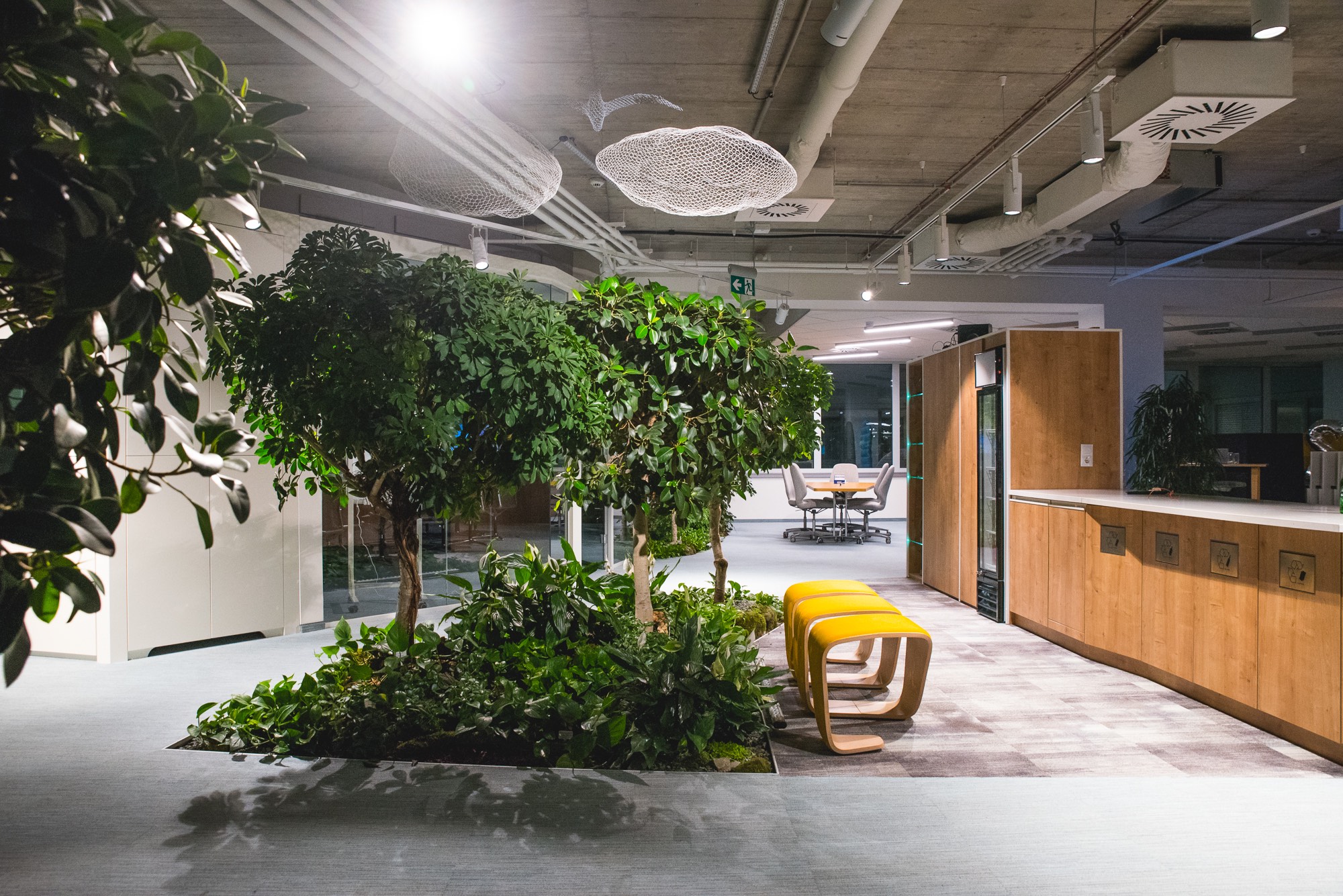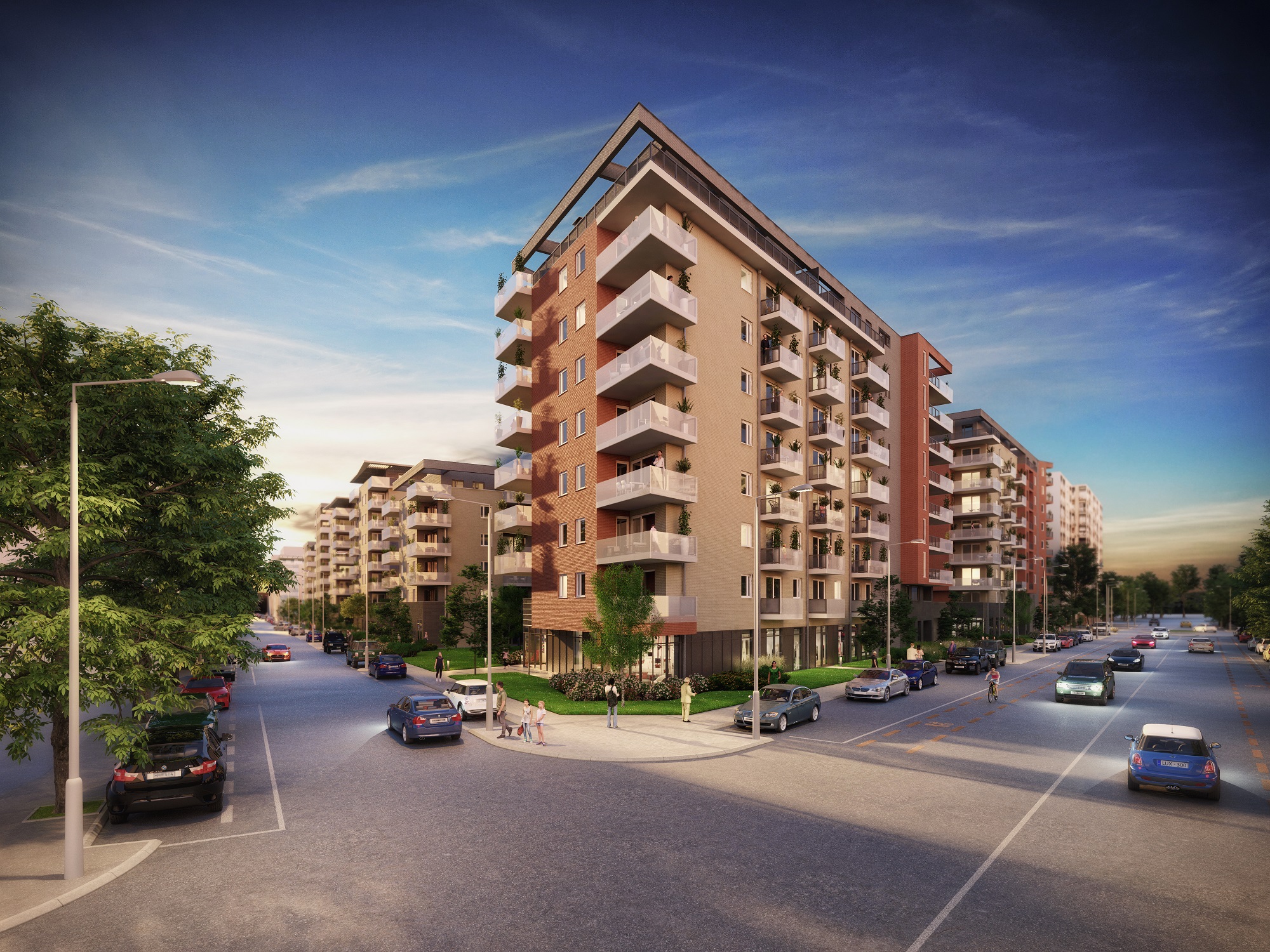ESG Offers Sustainable Future for Building, Living and Working in Budapest
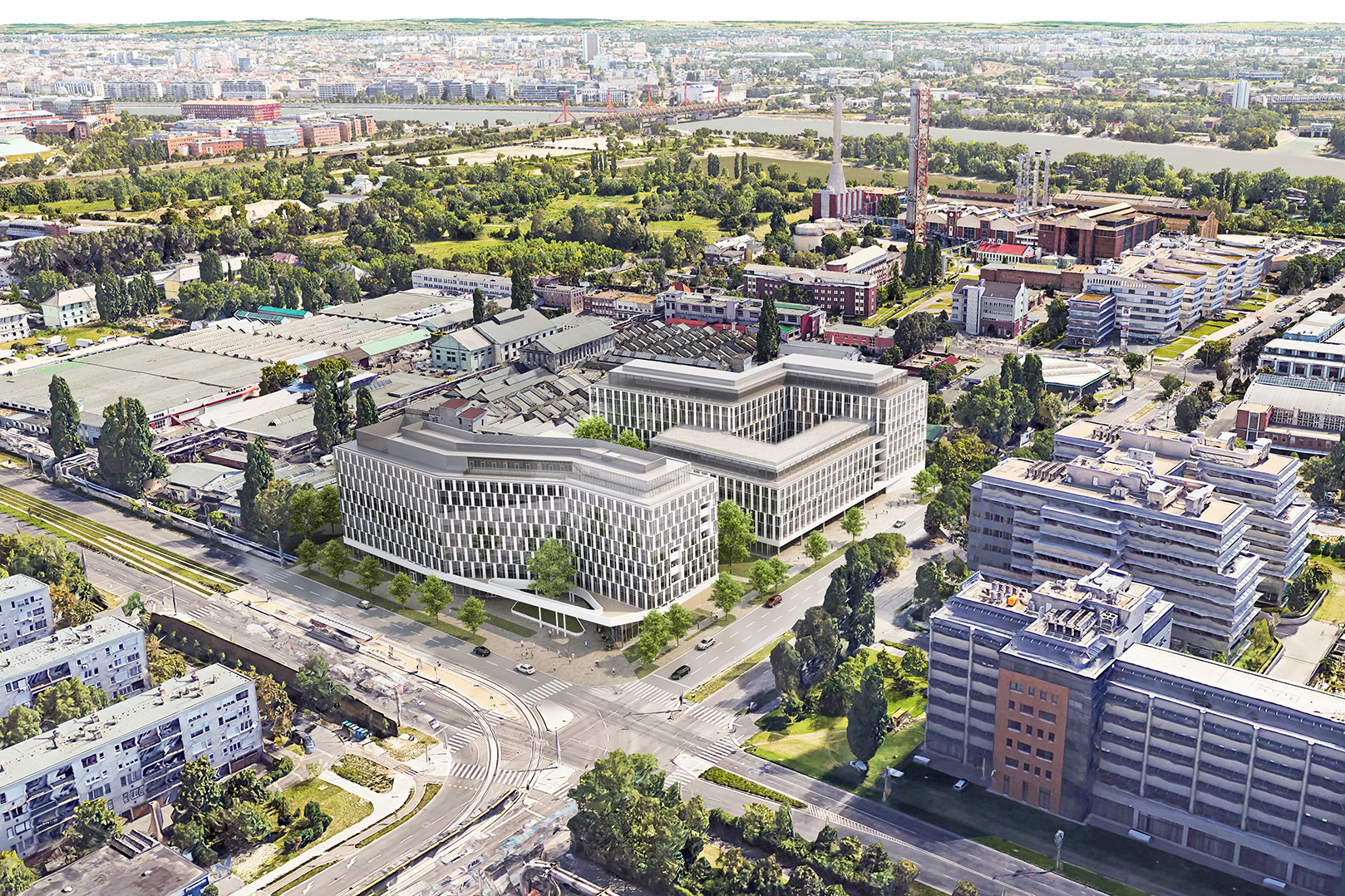
The BakerStreet development by Atenor.
A prime issue facing Budapest is how the infrastructure, look and feel of the city can and should be improved in line with ESG and sustainability priorities, whether from a real estate business, environmental quality or architectural perspective, writes the Budapest Business Journal’s real estate editor, Gary J. Morrell.
The priority is that these factors make the city attractive for companies and investors while simultaneously improving Budapest’s quality of life, amenities, and infrastructure and maintaining the historical legacy for inhabitants and visitors.
“I believe that everyone could only benefit from buildings achieving high sustainability ratings. The scoring systems of these certifications are very complex and demanding, and whichever building is recognized with a high score in Leed or Breeam must be very efficient and therefore less harmful to its environment,” comments Máté Galambos, director of leasing at Atenor Hungary.
“In Well accreditations, building owners even have to consider the emissions of built-in materials, which automatically means healthier staff, and that generally increases satisfaction,” he points out.
“In terms of transport, there are many ways that certifications support a healthier planet, be it from the perspective of the procurement of building materials or the transportation of tenants in an effort to support soft mobility. We also pay special attention to the green perspective in architectural aspects during the design stage of our buildings. The most simple tiny consideration can save lots of energy by the right shading, glazing or even due to the distance of pillars; it is an extremely interesting subject,” Galambos adds.
With the difficulty of sourcing office plots in the historic core of Budapest and the resulting lack of one established coherent Central Business District, developers are undertaking projects in a number of out-of-center locations, such as the Váci Corridor, South Buda and Central Pest.
Prime locations require direct transportation links and must allow office projects to be integrated into their wider urban environment to provide direct reciprocal access to local utilities for office users and residents in the immediate vicinity. In this way, Budapest now has several distinct business districts across both the Buda and Pest sides of the city.
“The principles of sustainability in terms of location are pretty simple: an urban office district is best located when easily and quickly accessible from residential and retail areas and where there are means of public transport that support commuting to these destinations, all while being cost and energy-efficient,” Galambos says.
A Better Commute
Regina Kurucz, architect and head of the Well working group at the Hungarian Green Business Council (HuGBC), argues that to really lure employers and employees to work in the office, “placemaking” is essential, as is doing whatever is possible to make the commute a better experience.
People want to commute actively by bicycling, running, or walking, but if a building does not provide secure and ample parking, lockers, showers, changing rooms, and easy access, then increasingly, that building will become outdated.
“The bicycle infrastructure is evolving fast. Buildings have to keep up with the growing demand of in-city long- and short-term bicycle storage,” Kurucz says. “To stay competitive, real estate developers, owners, and landlords need to provide an exceptional tenant and user experience, and as active transportation grows in Hungary, providing an active travel facility is no longer a nice-to-have; it’s a must-have,” she says.
Considering Well criteria in the context of urban, architectural and locational issues, it is advantageous if the building has a strong connection to nature. For example, there is a registered Well project in Budapest that is close to a nature reserve in Buda, where occupants can access walking trails and mentally recharge.
Another Well project in South Transdanubia (in southwest Hungary) is close to a wooded area where employees can stroll during breaks and reconnect with the natural world. According to the Well Building Standard Feature, enhanced access to nature and outdoor green or blue (water) spaces should be within a 200-meter walking distance, and the total combined green space must be at least 0.5 of a hectare (1.2 acres).
“All of these assessment systems are designed to promote environmentally friendly and people-centric approaches. Each of them focuses on slightly different aspects,” says the developer CPI.
“If we take Breeam as an example, it encourages architects to design buildings with a focus on minimizing energy consumption, water usage, and carbon emissions. It also promotes consideration of ecological factors and preservation of biodiversity,” the company explains.
Well-served Developments
“Breeam also assesses the accessibility of buildings and their proximity to public transportation options. This can encourage developments in areas well-served by public transit, reducing the need for car travel. Breeam-certified developments contribute to a reduced carbon footprint, improved resource efficiency, and enhanced indoor environmental quality,” CPI argues.
Breeam, Leed and Well accreditation certainly contribute to improving the architecture, transport and livability of the city, according to Norbert Szircsák, head of ESG strategic advisory services at Colliers Hungary.
“We can mention reducing the urban heat island effect, promoting alternative transportation by providing cyclist amenities or electric car chargers, increasing biodiversity, renewing former brownfield areas and many other direct and indirect effects. It usually comes with Well certification that the building itself educates its occupants,” he says.
Zsombor Barta, founding partner at Greenbors Consulting, makes the case that reusing existing stock, if appropriately done, is much better for the environment.
“Refurbished older buildings can be seen as more sustainable since there is a reduced need to produce and transport materials. The material usage, life cycle assessment and embedded carbon values are all much better for an existing building than for a new one,” he argues.
“Architects have to leave behind designing ‘statues’ and have to understand how a building operates. Architects feel relieved when a building is finished and occupied because [they feel] their work is done,” says Kurucz.
“In reality, the life of the building starts with the occupancy, and architects have to understand and foresee the operational and maintenance issues of their design. They have to design the whole lifecycle of the building and prepare the building for the circular economy,” she concludes.
This article was first published in the Budapest Business Journal print issue of September 8, 2023.
SUPPORT THE BUDAPEST BUSINESS JOURNAL
Producing journalism that is worthy of the name is a costly business. For 27 years, the publishers, editors and reporters of the Budapest Business Journal have striven to bring you business news that works, information that you can trust, that is factual, accurate and presented without fear or favor.
Newspaper organizations across the globe have struggled to find a business model that allows them to continue to excel, without compromising their ability to perform. Most recently, some have experimented with the idea of involving their most important stakeholders, their readers.
We would like to offer that same opportunity to our readers. We would like to invite you to help us deliver the quality business journalism you require. Hit our Support the BBJ button and you can choose the how much and how often you send us your contributions.


